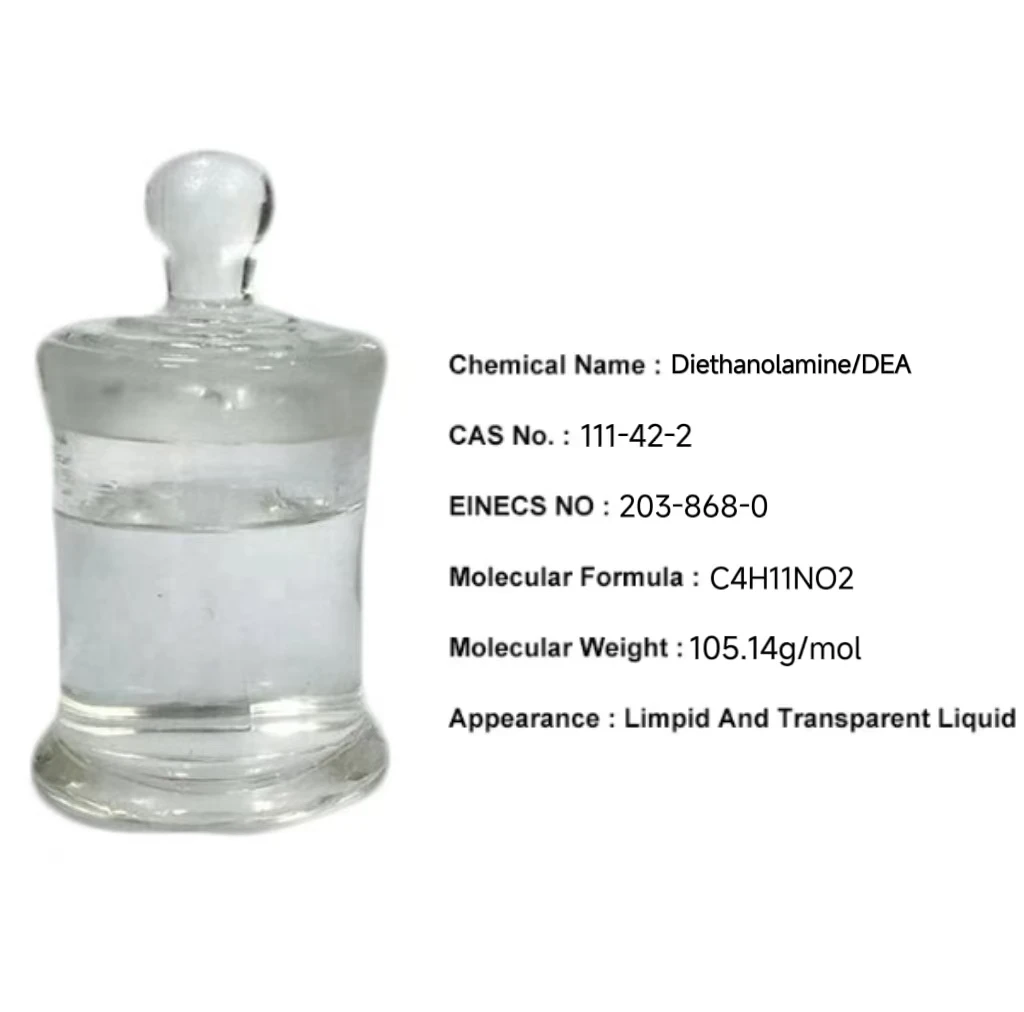Warning: Undefined array key "title" in /home/www/wwwroot/HTML/www.exportstart.com/wp-content/themes/1198/header.php on line 6
Warning: Undefined array key "file" in /home/www/wwwroot/HTML/www.exportstart.com/wp-content/themes/1198/header.php on line 7
Warning: Undefined array key "title" in /home/www/wwwroot/HTML/www.exportstart.com/wp-content/themes/1198/header.php on line 7
Warning: Undefined array key "title" in /home/www/wwwroot/HTML/www.exportstart.com/wp-content/themes/1198/header.php on line 7
- Afrikaans
- Albanian
- Amharic
- Arabic
- Armenian
- Azerbaijani
- Basque
- Belarusian
- Bengali
- Bosnian
- Bulgarian
- Catalan
- Cebuano
- China
- China (Taiwan)
- Corsican
- Croatian
- Czech
- Danish
- Dutch
- English
- Esperanto
- Estonian
- Finnish
- French
- Frisian
- Galician
- Georgian
- German
- Greek
- Gujarati
- Haitian Creole
- hausa
- hawaiian
- Hebrew
- Hindi
- Miao
- Hungarian
- Icelandic
- igbo
- Indonesian
- irish
- Italian
- Japanese
- Javanese
- Kannada
- kazakh
- Khmer
- Rwandese
- Korean
- Kurdish
- Kyrgyz
- Lao
- Latin
- Latvian
- Lithuanian
- Luxembourgish
- Macedonian
- Malgashi
- Malay
- Malayalam
- Maltese
- Maori
- Marathi
- Mongolian
- Myanmar
- Nepali
- Norwegian
- Norwegian
- Occitan
- Pashto
- Persian
- Polish
- Portuguese
- Punjabi
- Romanian
- Russian
- Samoan
- Scottish Gaelic
- Serbian
- Sesotho
- Shona
- Sindhi
- Sinhala
- Slovak
- Slovenian
- Somali
- Spanish
- Sundanese
- Swahili
- Swedish
- Tagalog
- Tajik
- Tamil
- Tatar
- Telugu
- Thai
- Turkish
- Turkmen
- Ukrainian
- Urdu
- Uighur
- Uzbek
- Vietnamese
- Welsh
- Bantu
- Yiddish
- Yoruba
- Zulu
Nov . 14, 2024 03:42 Back to list
diethanol
The Versatile Chemical A Comprehensive Overview of Diethanolamine
Diethanolamine (DEA) is an organic compound that falls under the category of amines. It is a colorless, viscous liquid with a slight ammonia-like odor. Its chemical formula is C4H11NO2, and it is primarily utilized in various industrial applications due to its unique properties. This article delves into the structure, properties, applications, and potential safety considerations of diethanolamine.
Chemical Structure and Properties
Diethanolamine is composed of two hydroxyethyl groups attached to a nitrogen atom, which allows it to function as both an amine and an alcohol. This bifunctional nature imparts it with diverse chemical reactivity, enabling it to participate in a wide range of reactions. Its molecular weight is about 105.14 g/mol, and it has a boiling point of approximately 210°C.
One of the significant properties of diethanolamine is its solubility in water, which is largely attributed to the presence of hydroxyl groups. This solubility makes DEA useful in various aqueous formulations. Additionally, DEA exhibits basic characteristics, enabling it to act as a pH stabilizer in industrial processes. Its ability to form stable emulsions enhances its usage in products requiring a consistent mix of oil and water.
Industrial Applications
Diethanolamine finds its place in numerous industrial sectors due to its functional versatility. One of the primary applications of DEA is as an emulsifying agent in cosmetic and personal care products. Its ability to stabilize emulsions makes it a popular ingredient in creams, lotions, and shampoos. Furthermore, its moisturizing properties add value to numerous formulations, contributing to skin hydration.
In the realm of agriculture, diethanolamine is used as a surfactant in pesticide formulations
. This application enhances the wetting and spreading of the pesticide on plant surfaces, ensuring better absorption and efficacy. Moreover, DEA is utilized in the synthesis of herbicides and fungicides, showcasing its importance in crop protection.diethanol

The chemical also plays a vital role in the textile industry, particularly in the production of fiber treatments and anti-static agents. It helps in improving the performance of textiles by providing desired properties such as softness and water repellency. Additionally, DEA is employed in the manufacturing of detergents and cleaning agents, offering enhanced cleaning efficacy through its surfactant properties.
Moreover, diethanolamine serves as a reactivity modifier in polymer chemistry, especially when producing polyurethanes. It helps in promoting chain extension and cross-linking, which are essential in determining the mechanical properties of the final product. This application is crucial in industries such as automotive, construction, and furniture manufacturing, where durable materials are essential.
Potential Risks and Safety Considerations
While diethanolamine is widely accepted in various industries, it is essential to consider the potential health and environmental risks associated with its use. Studies have indicated that DEA may cause skin and eye irritation upon contact, necessitating appropriate handling measures. Inhalation of DEA vapors can lead to respiratory irritation, highlighting the need for adequate ventilation in workplaces where DEA is used.
Furthermore, there has been some debate concerning the metabolization of diethanolamine in the body, leading to the formation of nitrosamines, which are compounds with potential carcinogenic properties. As a result, regulatory bodies have recommended safety assessments and imposed limits on the concentration of DEA in personal care products to mitigate potential risks.
Conclusion
Diethanolamine is undoubtedly a valuable chemical with a wide array of applications across multiple industries. Its unique properties, including solubility, basicity, and emulsifying capabilities, enable it to serve as an essential ingredient in personal care products, agricultural formulations, textile treatments, and more. However, with its benefits come responsibilities; it is vital for manufacturers and users to remain vigilant about health and safety guidelines when working with diethanolamine. By doing so, the industry can continue to harness the advantages of this versatile chemical while ensuring the safety and well-being of consumers and the environment.
Latest news
-
Certifications for Vegetarian and Xanthan Gum Vegetarian
NewsJun.17,2025
-
Sustainability Trends Reshaping the SLES N70 Market
NewsJun.17,2025
-
Propylene Glycol Use in Vaccines: Balancing Function and Perception
NewsJun.17,2025
-
Petroleum Jelly in Skincare: Balancing Benefits and Backlash
NewsJun.17,2025
-
Energy Price Volatility and Ripple Effect on Caprolactam Markets
NewsJun.17,2025
-
Spectroscopic Techniques for Adipic Acid Molecular Weight
NewsJun.17,2025

